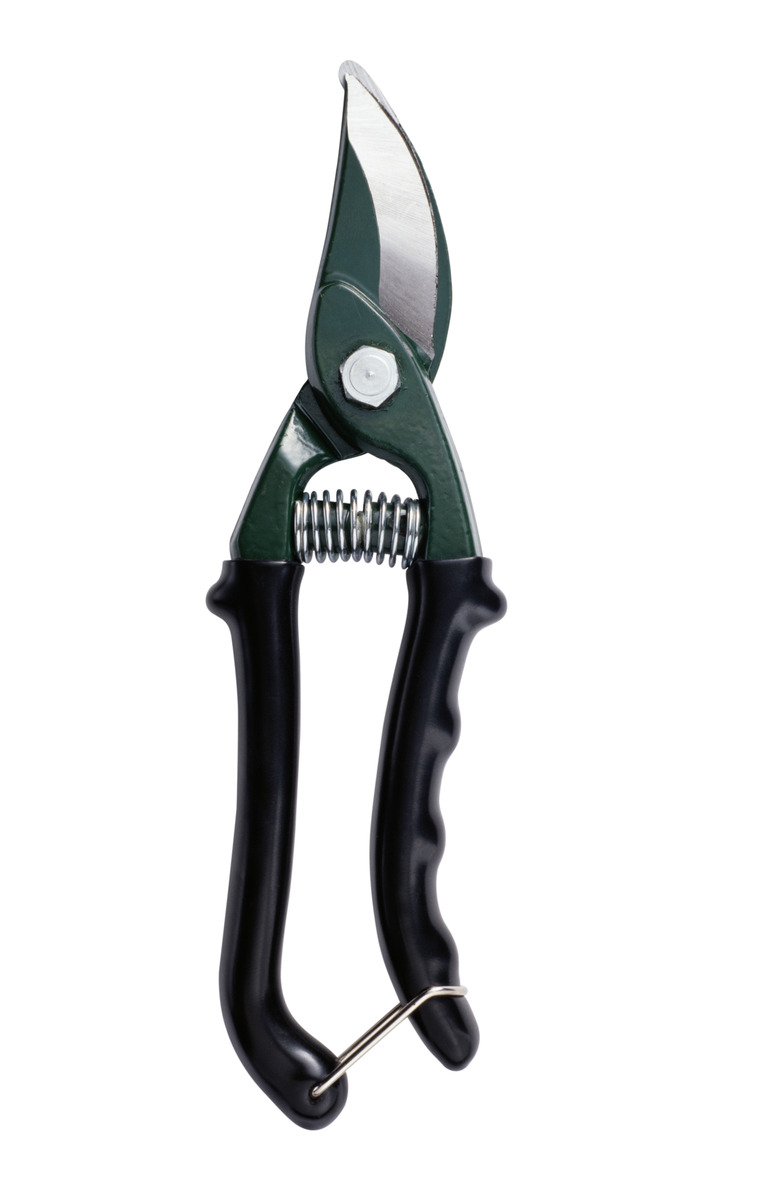How To Care For An Overgrown Philodendron Selloum
Philodendron selloum (Philodendron bipinnatifidum syn. Philodendron selloum), also known as tree philodendron, can grow to a height and width of 15 feet. They are grown outdoors in U.S. Department of Agriculture plant hardiness zone 9 to 11 and indoors in cooler climates. Overgrown selloums require consistent care to keep them healthy. If they've outgrown their space or just need to be tidied up, a healthy pruning will bring them back under control.
Outdoor Selloum
Step 1
Step 1
Water the selloum two to four times per week. Give it 5 to 6 gallons each time. Check the soil moisture before giving it water. Wait another day or two to water if the soil is still very wet. Lower leaves will turn yellow and new growth tips will die if it is being watered too much or too little.
- Philodendron selloum (Philodendron bipinnatifidum syn.
- If they've outgrown their space or just need to be tidied up, a healthy pruning will bring them back under control.
Step 2
Step 2
Give the selloum a balanced 8-8-8 or 10-10-10 garden plant fertilizer in late winter or early spring before it begins to grow new shoots and leaves. Sprinkle the fertilizer over the soil beneath the plant at a rate of 1/4 cup per 25 square feet of soil. Water the selloum after spreading the fertilizer. Wash off any fertilizer that gets on the leaves.
Step 3
Step 3
Prune the selloum with sharp pruners to control its size or shape. Cut entire leaves off at the base of the leaf stem. Remove lower leaves to reveal the lower stem, if desired. Cut the stems back severely, if necessary, to reduce its size. New stems and leaves will grow back. Mix 3 tablespoons of bleach in 1 gallon of water and disinfect the pruners with the solution before and after using them.
- Give the selloum a balanced 8-8-8 or 10-10-10 garden plant fertilizer in late winter or early spring before it begins to grow new shoots and leaves.
- Cut the stems back severely, if necessary, to reduce its size.
Step 4
Step 4
Wash aphids, mealybugs and spider mites off the selloum if they become a problem. Spray the entire plant, especially the underside and base of the leaves, with a strong spray from the garden hose every two to three days. Scrape scale insects off with the dull edge of a butter knife or your thumbnail or wash them off with a rubbing alcohol-soaked cotton ball.
Houseplant Selloum
Step 1
Step 1
Water a selloum houseplant once or twice per week or when the top of the soil begins to dry. Pour the water over the potting soil until it runs out of the drain holes in the bottom. Set a humidity tray beneath the selloum if the air in the house is very dry.
Step 2
Step 2
Give the selloum water-soluble houseplant fertilizer once each month during the spring, summer and fall. Water it as usual before giving it fertilizer. Mix 1 teaspoon of 20-20-20 fertilizer into 1 gallon of water. Pour it over the potting soil until it begins to run out of the drain holes. Avoid getting fertilizer on the plant's leaves. Increase the frequency to every two weeks if the leaves become pale. Reduce the frequency if the leaf tips curl and turn brown.
- Wash aphids, mealybugs and spider mites off the selloum if they become a problem.
- Pour it over the potting soil until it begins to run out of the drain holes.
Step 3
Step 3
Repot the selloum when it becomes pot-bound. Plant it in a new container that is 1 inch wider and deeper than the previous container. Pour 1 inch of soil-based potting mix into the bottom of the new container. Tip the selloum over on its side and gently pull the soil and root mass out of the container. Loosen the roots gently by hand if they are compacted. Set the root mass into the new container and fill in around the roots with potting soil to 1 to 2 inches from the top of the container. Water the selloum.
- Repot the selloum when it becomes pot-bound.
- Set the root mass into the new container and fill in around the roots with potting soil to 1 to 2 inches from the top of the container.
Step 4
Step 4
Prune selloum houseplants in the same way as outdoor selloums. Set the plant in a bathtub or outside in a shady area and spray it off with water if aphids, mealybugs or spider mites attack it. Spray it with a strong stream every two or three days, paying close attention to the underside and base of each leaf. Scrape off scale insects.
Warning
Selloums are toxic if ingested.
Things Needed
- Fertilizer
- Sharp pruners
- Bleach
- Garden hose
- Spray nozzle
- Butter knife (optional)
- Rubbing alcohol (optional)
- Cotton ball (optional)
- Pot with drain holes in the bottom
- Soil-based potting soil
References
- Floridata: Philodendron Bipinnatifidum
- Clemson University: Clemson Cooperative Extension: Home & Garden Information Center: Philodendron
- University of Florida: IFAS Extension: Solutions for Your Life: Landscape Horticulture — Shrubs
- Clemson University: Clemson Cooperative Extension: Home & Garden Information Center: Growing Perennials
- North Carolina State University: Watering Shrubs
- Purdue University Cooperative Extension Service: Department of Horticulture: Indoor Plant Care
- The University of Georgia: College of Agricultural & Environmental Sciences: Growing Indoor Plants with Success
- Missouri Botanical Garden: Aphids
- Missouri Botanical Garden: Mealybugs
- Missouri Botanical Garden: Spider Mites — Indoors
